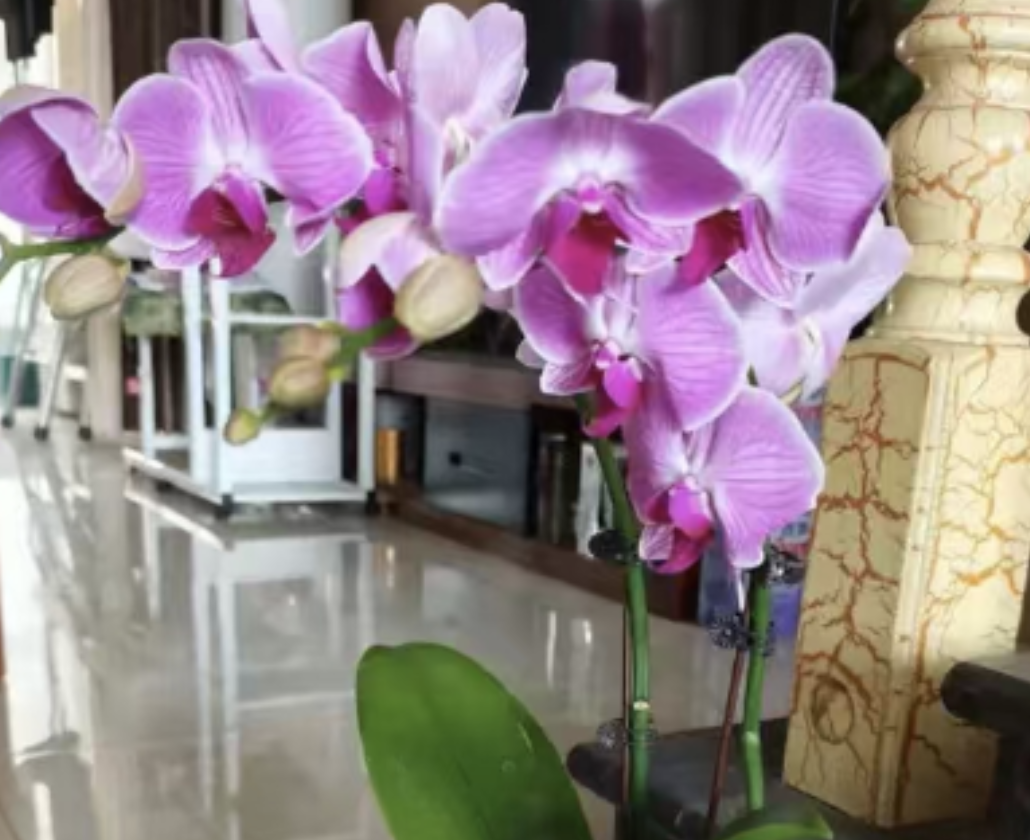Want to add a touch of greenery to your home without spending too much? Then, choosing plants that can be propagated by cuttings is definitely the best option for you. Today, I will introduce four kinds of plants that are suitable for propagation by cuttings. They are not only easy to grow but also can make your home full of greenery with simple cutting techniques.
Jasmine
Jasmine has a fresh fragrance and white flowers. Propagating jasmine by cuttings is actually not difficult. First, select healthy branches without pests and diseases as cuttings, with a length of about 10 - 15 centimeters and keep 2 - 3 leaves. Then, cut the bottom of the cutting into a slant to increase the contact area with the soil and promote rooting. Next, insert the cutting into moist sandy soil, keep the soil slightly moist and avoid waterlogging. Place it in a well-ventilated and semi-shaded environment. After about a month, you will be able to see the cutting of jasmine taking root and sprouting.
Euphorbia trigona
Euphorbia trigona, also known as Hylocereus undatus, is a drought-tolerant and easy-to-grow plant. Its propagation by cuttings is equally simple. Select robust stems without pests and diseases as cuttings, with a length of about 20 - 30 centimeters. Cut the bottom of the cutting flat or slightly slanted, and then let the wound dry to prevent infection. After that, insert the cutting into well-drained sandy soil or vermiculite, keep the soil slightly dry and avoid overwatering. Place it in a place with bright light but avoid direct sunlight. Wait patiently for about a month, and the cutting of Euphorbia trigona will start to take root.
Kalanchoe blossfeldiana
Kalanchoe blossfeldiana is favored for its long flowering period and rich colors. Its propagation by cuttings is also very likely to be successful. Select vigorous branches with thick leaves as cuttings, with a length of about 5 - 7 centimeters and keep 2 - 3 pairs of leaves. Cut the bottom of the cutting into a slant, remove the extra leaves and flowers to reduce nutrient consumption. Then, insert the cutting into moist perlite or vermiculite, keep the soil slightly moist and avoid waterlogging. Place it in an environment with sufficient scattered light and good ventilation. After about half a month to a month, the cutting of Kalanchoe blossfeldiana will be able to grow roots.
Rosa chinensis
Rosa chinensis is one of the favorites of gardening enthusiasts. Its flowers are large and beautiful with diverse colors. Although the propagation by cuttings of Rosa chinensis is a bit more difficult compared to the other several plants, as long as you master the techniques, you can also achieve success. Select robust, semi-lignified branches as cuttings, with a length of about 10 - 15 centimeters and keep 2 - 3 buds and several leaves. Cut the bottom of the cutting into a slant and remove the lower leaves to reduce transpiration. Then, soak the cutting in a rooting powder solution for a while to increase the rooting rate. After that, insert the cutting into moist perlite or vermiculite, keep the soil moist but not overly wet. Place it in an environment with good ventilation and sufficient scattered light. Pay attention to keeping the temperature and humidity appropriate. After about a month, you will be able to see the cutting of Rosa chinensis taking root and sprouting.
In conclusion, these four plants, namely jasmine, Euphorbia trigona, Kalanchoe blossfeldiana and Rosa chinensis, are all suitable for propagation by cuttings. As long as you master the correct cutting techniques and maintenance methods, you can easily achieve self-sufficiency of green plants at home. Moreover, the plants propagated by cuttings can not only let you experience the fun and sense of achievement of growing flowers but also add more vitality and energy to your home.
What plants can be propagated by cuttings?

Share with
Tagged in :




Leave a Reply